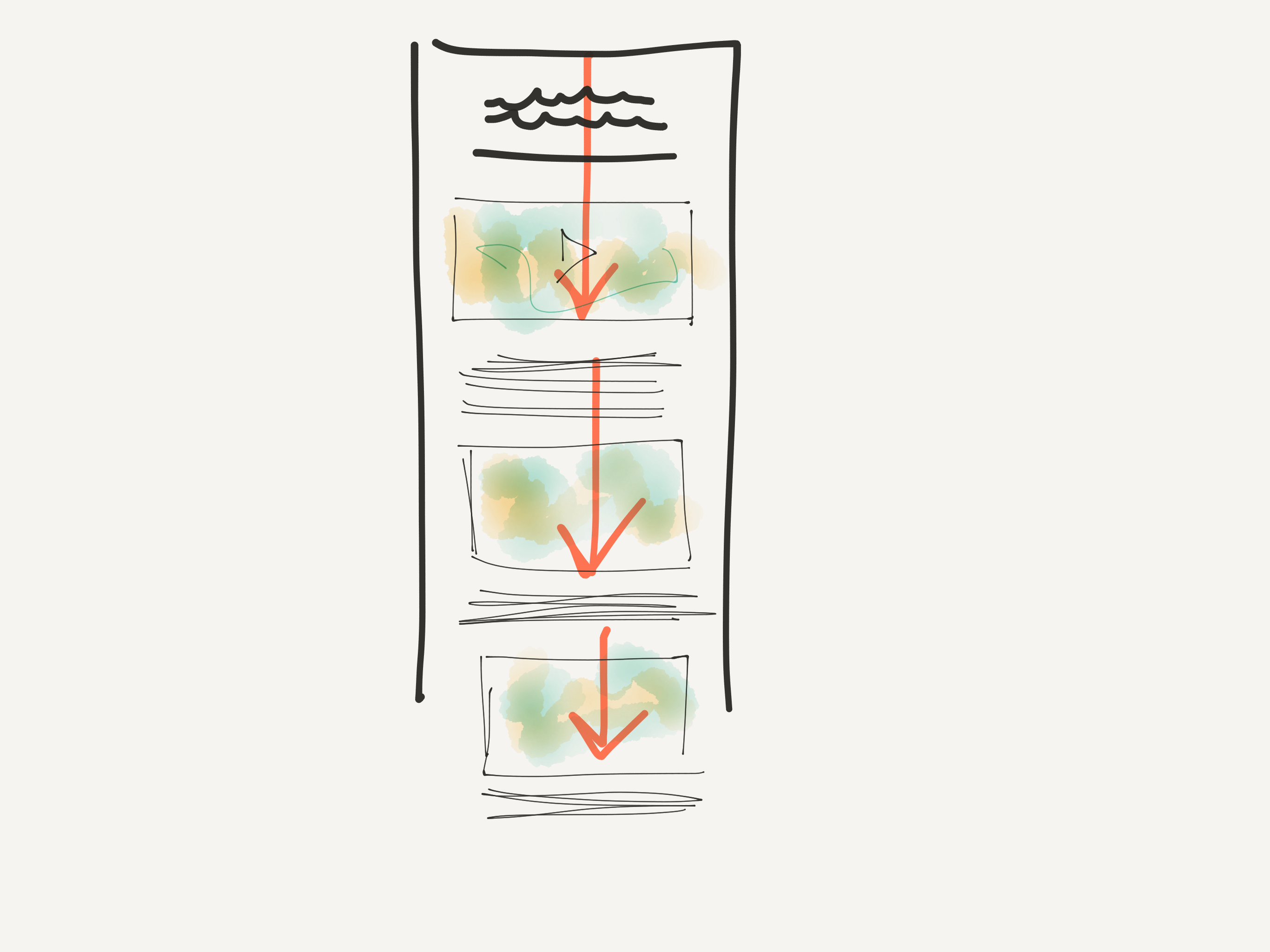The writer of this piece , Sara Fischer, Axios’ media-trends reporter, makes a strong case for why scrolling should be the way we measure our interaction with websites or with whatever platform we are engaged with for that matter.
In an article significantly titled The death of the click , Fischer writes that :
For the past 10 years, we’ve operated on the premise that the most important digital metric is the click that refers a person to a website. That click usually comes from a social distribution channel, like Facebook or Twitter, or a search engine, like Google or Bing. But according to industry experts, the click referral is becoming an idea of the past, soon to be replaced by content exposure.
For me, getting exposed to this piece is timely. It comes at a point when we are at that precise moment when storytelling is becoming more visual, more videos are used to complement narratives, and we are also finally treating the way we tell stories on mobile devices quite appropriate for those platforms, as opposed to taking stories that are prepared for general online and/or print editions. Yes, linear storytelling, which we have discussed in this blog recently, and which is at the core of how we conduct our training workshops for clients at Garcia Media, encourages scrolling. We no longer go by those notions of a few years ago that reminded us that most users did not scroll past three screens. That may have been true for online reading of stories on websites, but not true for the screens of smaller devices, such as smartphones. As this sketch below shows, on mobile devices, we scroll, there is a full linear movement top to bottom. The eyes are not moving diagonally, but, indeed, from the top of the screen to the bottom, when we normally scroll. It is this type of movement that makes the stream of copy and imagery a natural flow for a story. Scrolling leads the way.

As a visual storyteller, I am encouraged by what Fischer writes about in this report.
“The click referral is becoming an idea of the past. The new-new thing: “content exposure,” which drives you to click something, instead of the click itself.”
Content exposure, indeed. I would add: good, insightful content, accompanied by rich assets such as photo galleries, videos, animated graphics,which engage the user and propel her to scroll to the next part of the story. Fischer sees video and passive scrolling as the future. I agree.
I have made this piece suggested reading for students in my Columbia course. I encourage you, too, to read it, to share it with people in your newsrooms, and to think about the possibilities.
The content and story win when scrolling is the key. It’s like telling our audience: scroll for more of the good stuff, don’t click away from here.
For similar content in Spanish (En Español)
Rodrigo Fino, of our Garcia Media Latinoamerica office in Buenos Aires, writes about the topic above, in Spanish, in his blog.
http://www.garciamedia.com.ar/blog/la-verticalidad-de-las-historias/
The typography of Trump
…and what type designers have to say about it!
Fun piece. Enjoy.
http://www.atissuejournal.com/2016/01/26/would-you-vote-for-this-typeface/
Speaking Engagements Coming Up
I will be speaking at these two events in the weeks ahead:

WAN-IFRA Middle East Conference 2017
March 14
Dubai
United Arab Emirates
My topic will be about the importance of Sponsored Content, with emphasis on the recent launch of the Gulf News‘ REACH by Gulf News project.
For more information: https://events.wan-ifra.org/events/wan-ifra-middle-east-conference-2017
VOZ Media Conference
April 6
Vienna, Austria
I will be the keynote speaker for this event, with emphasis on Visual Storytelling across platforms, the role of print media in the digital age and the importance of sponsored content strategies.
For more information: http://www.voez.at